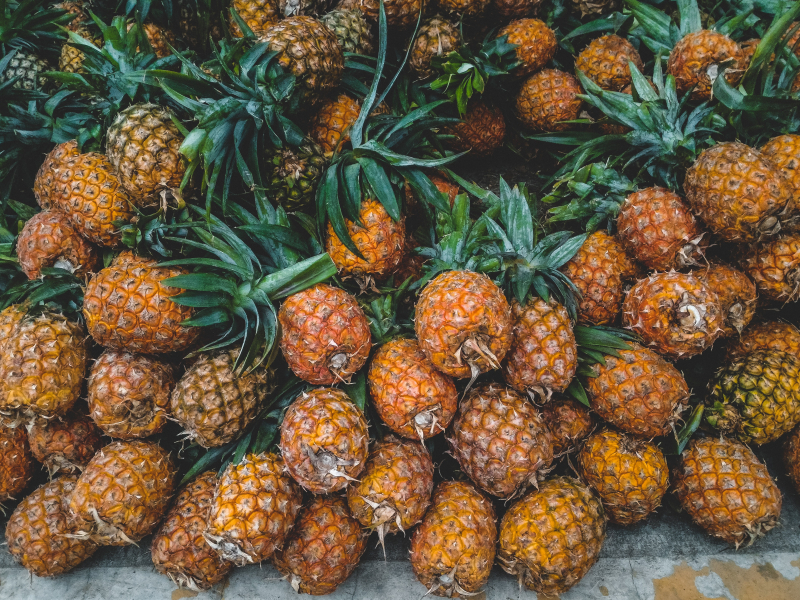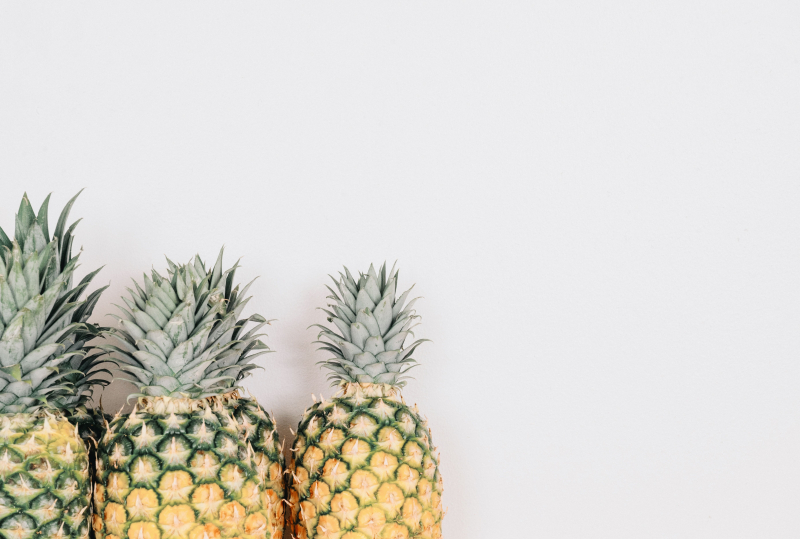Pineapples
Why not? Thousands of years ago, in South America, our ancestors were gathering pineapple. It tastes great, is cooling, and in terms of fruit, it looks fairly good. After plundering the New World, Columbus was so taken with the fruit that he took it back to Europe. As a result, it quickly became the "it" item for everyone who was anyone.
The pineapple captured the hearts of Europeans in the 16th and 17th centuries. Getting your hands on one suggested you had money or power because it was rare and exotic. Charles II paid for a portrait of himself holding a pineapple. In England, constructing a greenhouse for growing pineapples cost in the neighborhood of £28,000. The cache of owning one was increased by the fact that many of them failed and the fruit took years to mature. What was the price of a pineapple then? About £60. That would be equivalent to about £11,000 now after inflation. So in many respects, having a pineapple was comparable to having a 75-inch TV or some other unnecessary luxury.
Contrary to popular belief, people would not actually do much with those expensive pineapples. You can't be preparing a fruit salad for that much money, can you? As a result, the fruit would frequently be left on a table as decoration to show off to passersby.












